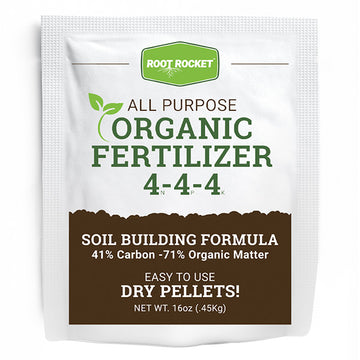You bought those blue hydrangeas you have always wanted, planted them, and the following year they bloomed, big beautiful...pink flowers. Ugh! Why did this happen? Where did your BLUE flowers go? Can you get them back with the process of hydrangea color change? Yes...if you’re patient.
It can take weeks or even months to years to adjust the soil pH and therefore adjust the color of your hydrangea plants. Generally it is more difficult to change pink hydrangea flowers blue that it is change blue flowers pink. So you blue lovers may require a bit more patience and dedication. Check out the huge selection of hydrangeas at our plant nursery!

